With the widespread use of quartz countertops, the details of the countertop edge have also received much attention. If you are planning to renovate your kitchen and choose an edge that suits your quartz countertop, then our article will guide you to know more and get inspiration for 2025.
Table of Contents
Why Quartz Countertop Edges Matter
Using with the high-precision cutting machines, the right quartz countertops edge can greatly improve the effect of your countertop, specifically in the following aspects:
- Aesthetic appeal: Sharp, rounded, or decorative edges produce a variety of visual effects.
- Functionality: Some edges are safer for houses with kids or high-traffic zones.
- Style: Modern, traditional or transitional designs each work better with different quartz countertop edge profiles.
Whether you favor the minimalistic eased edge quartz or the decorative ogee edge quartz, your selection will establish the character of the countertop. And the bellowing styles of edge for quartz countertops would guide you.
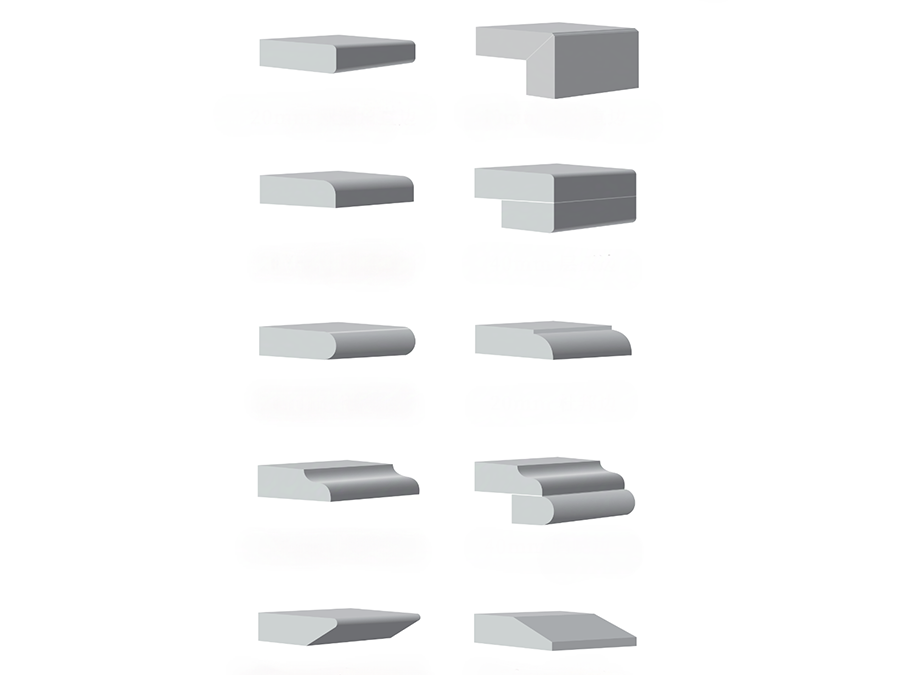
Popular Edge Styles for Quartz Countertops

Here are the best edge profiles for quartz countertops we like as the perfect balance of style, function, and timelessness.
Eased Edge
The eased edge is an uncomplicated, squared profile, with slightly rounded corners. Its clean, unassuming appearance makes it a staple in modern and transitional kitchens.
Pros: Affordability, low maintenance and family friendly.
Cons: Not as decorative as other options.
Best for: Modern spaces, busy homes and those who lean toward simplicity.
Mitered Edge
A mitered edge quartz countertop combines two 45-degree angles that fit together, creating a thicker seamless appearance. This is perfect for bringing out the depth and color of quartz slabs.
Pros: Custom, high-end appearance; helps create the impression of thickness.
Cons: More expensive due to complicated fabrication.
Recommended for: Upscale kitchens, islands and waterfall-edge layouts.
Beveled Edge
The beveled edge is a flat, angle cut usually between 10 and 45 degrees. A 1/4 bevel edge quartz gives a more subtle slope, and a 1/2 bevel edge quartz adds a more exaggerated geometric effect.
Pros: Provides dimension without being fussy.
Pros: Sharp edges can require careful cleaning.
Best for: Transitional or contemporary spaces in need of some sophistication.
Ogee Edge
Ogee Edge on Quartz: Ogee edge on quartz surface is an S-shaped curve that results in an elegant and sophisticated look often associated with traditional and ornate designs. Its complex profile creates elegance yet calls for skilled fabrication.
Pros: Classic, luxurious look.
Cons: Costlier; not great for minimalist styles.
Best for: Traditional kitchens, bathrooms or statement islands.
Bullnose Edge
With a fully rounded finish, the bullnose edge produces a safe, smooth surface. Family friendly choice is 1/2 bullnose edge quartz.
Pro: Incredibly safe and easy to clean.
CROSS MINUS: May look outdated in contemporary homes.
Best for: Houses with kids, rounded counters or retro styles.
Pencil Edge
A pencil edge is a thin rounded profile that looks like the end of a pencil. It’s a gentler version of the eased edge.
Pros: Soft curve; good in most design styles.
Pros: Not as impactful as decorative edges.
Best for: Smaller kitchens, bathrooms or minimalist spaces.
Waterfall Edge
The quartz waterfall edge continues the countertop material down the sides of cabinets, creating a seamless look. Icy and often paired with a mitered edge, it’s a showstopper in modern kitchens.
Pros: Creates dramatic impact; emphasizes quartz patterns.
Pros: Pricey; needs plenty of room.
Best for: Kitchen islands, open-concept plans.
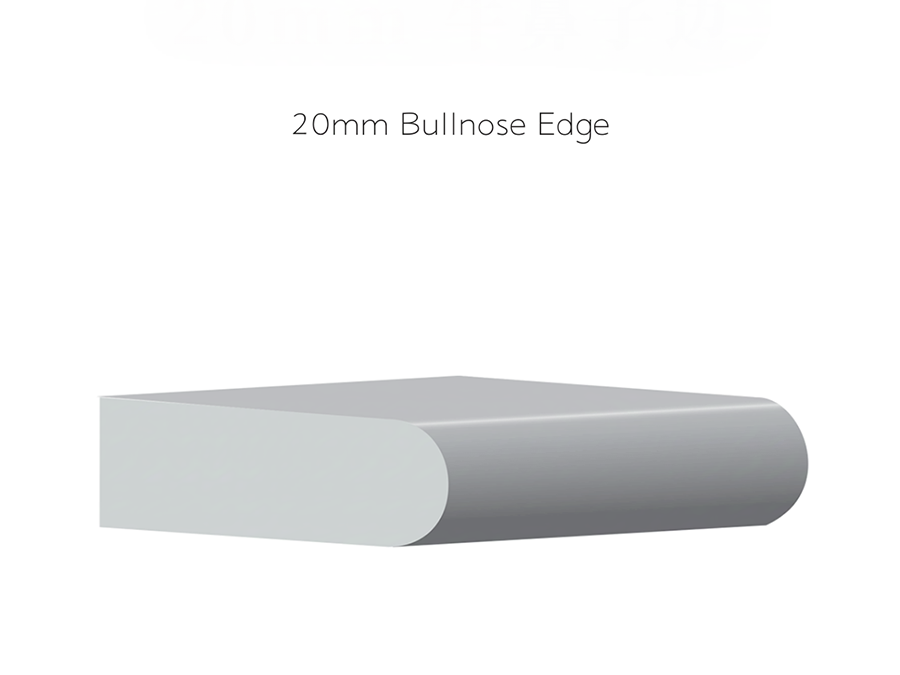

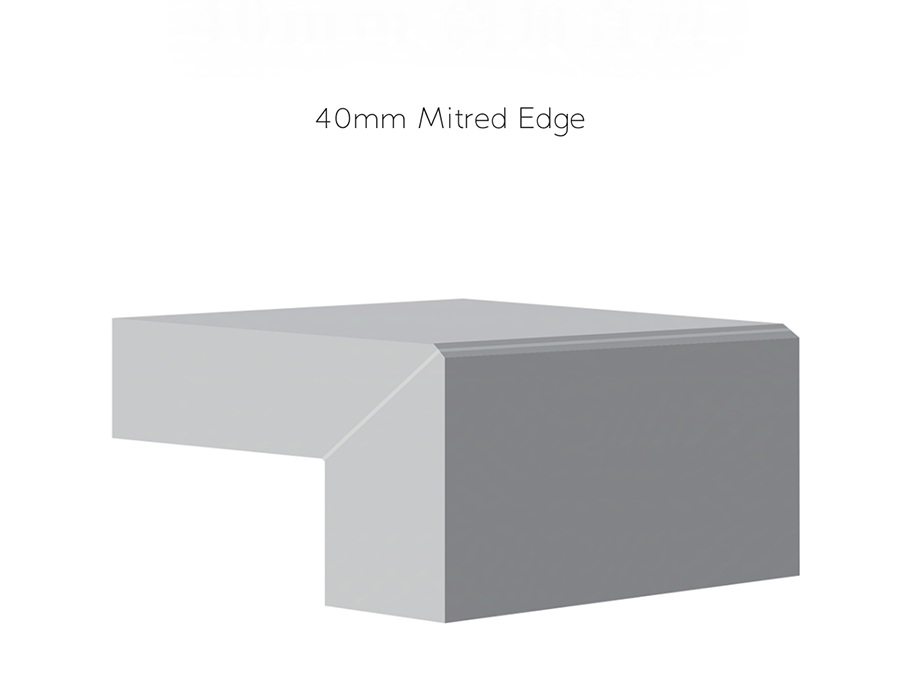
Special Quartz Edge Options
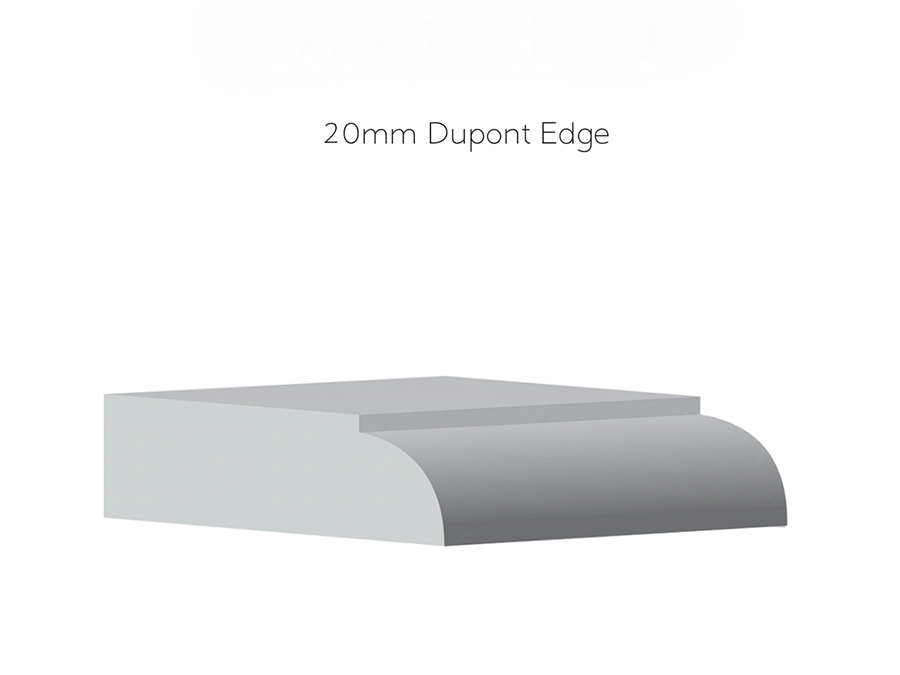
Lesser-known quartz countertop profiles to consider if you want something different.
- 1/4 Radius Edge: A slight curve that creates a transition between eased edge and bullnose.
- Dupont Edge: A multi-faceted, angular design with stepped surfaces.
- Chiseled Edge: A weathered, natural appearance for old-world.
- Laminated Edge: Features multiple layers of quartz resulting in a strong, textured look.
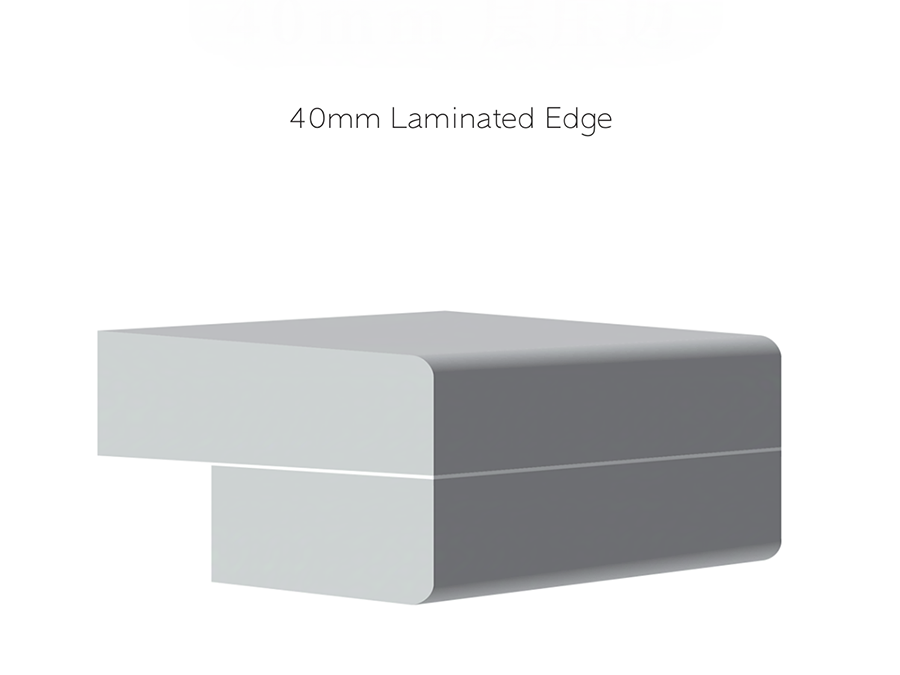
What to Consider When Selecting Quartz Countertop Edges
Choosing the best edge for quartz countertops depends on your balance of aesthetic, practical, and budgetary considerations:
- Lifestyle: Beveled edge quartz countertops with sharp edges may not work in homes with young children.
- Cabinet Style: Decorative edges (for example: ogee quartz edge) complement traditional cabinetry.
- Room Size: Thick edges (e.g., mitered edge quartz countertop) can overpower small rooms.
- Budget: Ogee and waterfall edges are complex to fabricate.

How to Maintain Your Quartz Countertop Edges
Quartz is non-porous and when you have a much larger piece, stains are rare, but even in this case edges need a proper maintenance.
- Immediately clean spills to avoid residue adhesiveness in detailed profiles!
- No abrasive cleaner on polished edges.
- A thicker protector made for heavy kitchen tasks is a quartz countertop edge protector.
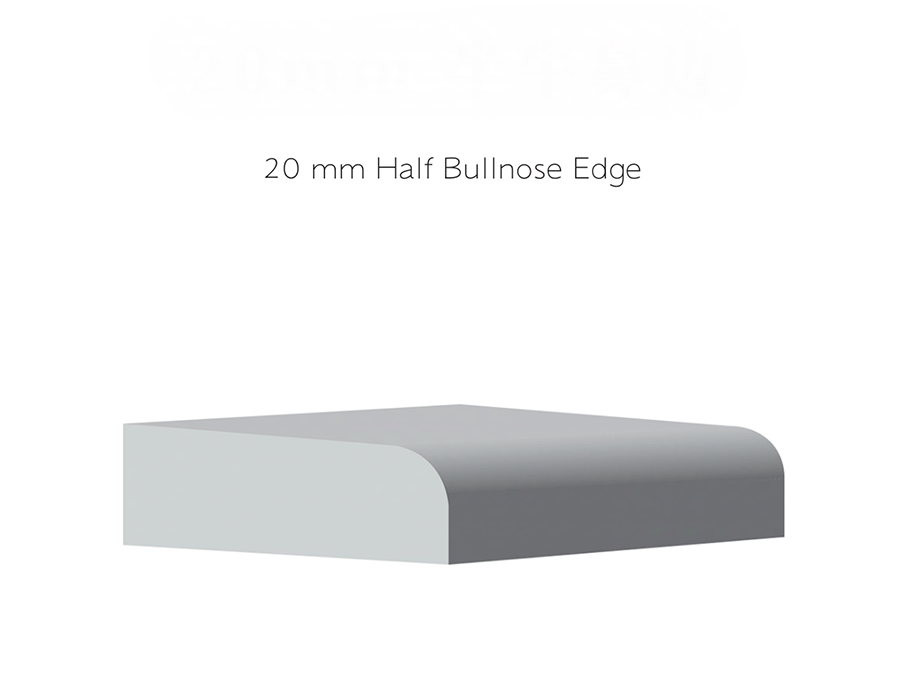
Frequently Asked Questions
Q: What is the most common edge for quartz countertops?
A: The eased edge quartz and mitered edge are by far our favorite styles for their versatility and modern look.
Q: Can I use different edge profiles in one kitchen?
A: Yes! Try a pencil edge quartz on perimeter counters — and a waterfall edge on the island.
Q: Is there an edge that’s better for resale value?
A: As for quartz, eased quartz edge and 1/4 round edge profile are neutral profiles that cater to wider audiences.
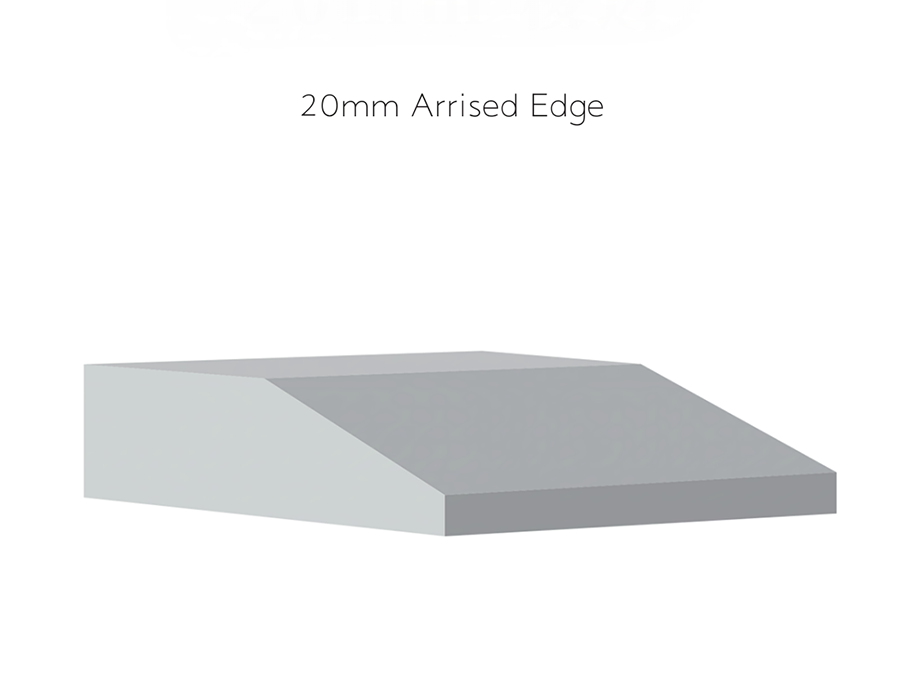
Conclusion
The options are endless for your quartz counter edge, from the classic quartz eased edge to the extravagant ogee edge quartz. Knowing the edge types helps you determine the profile you can envision in your kitchen according to your lifestyle, design, and budget. No matter if you choose one of the most popular quartz countertop edges or a custom design, the right edge will make sure your space feels cohesive, functional, and entirely yours.

Ready to Explore Quartz Edge?
Contact LBC to view our selection of quartz countertop edge styles. We have the right solution to switch out your kitchen or bathroom!
